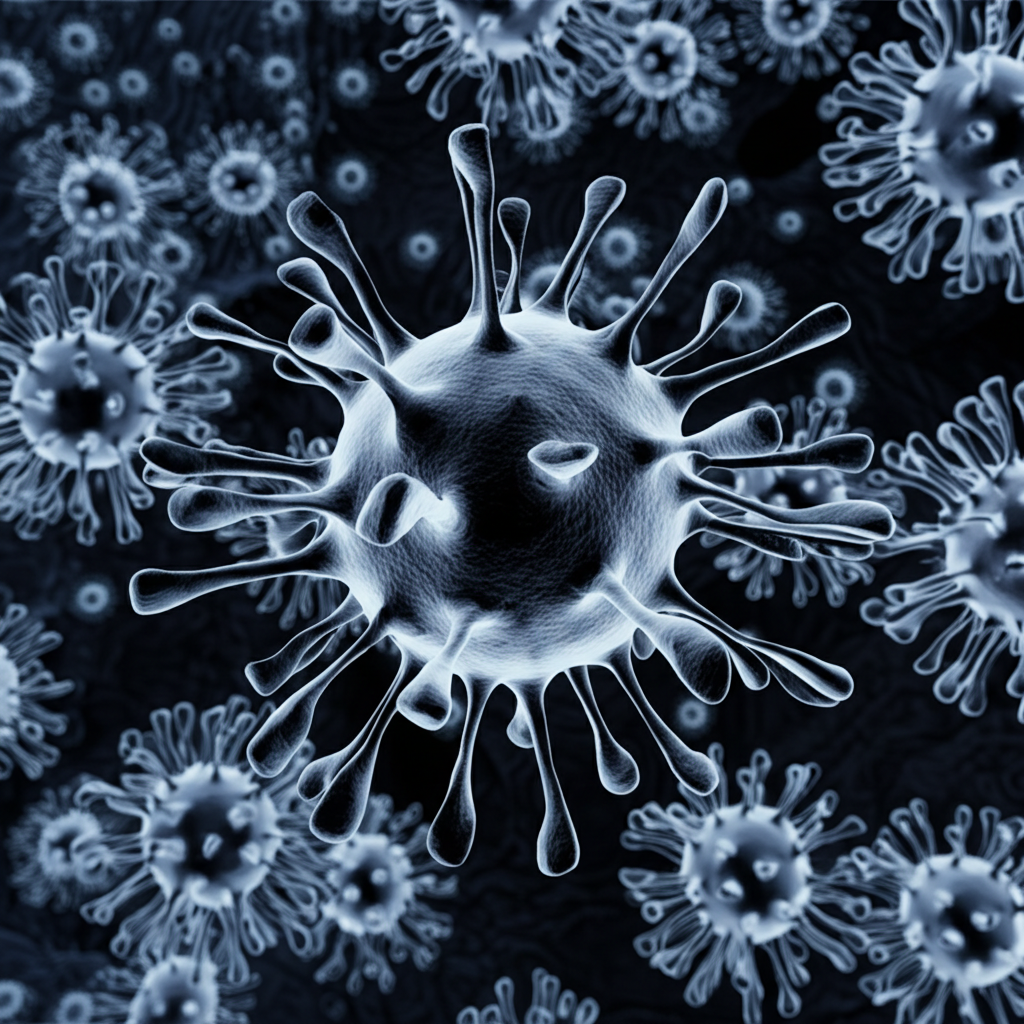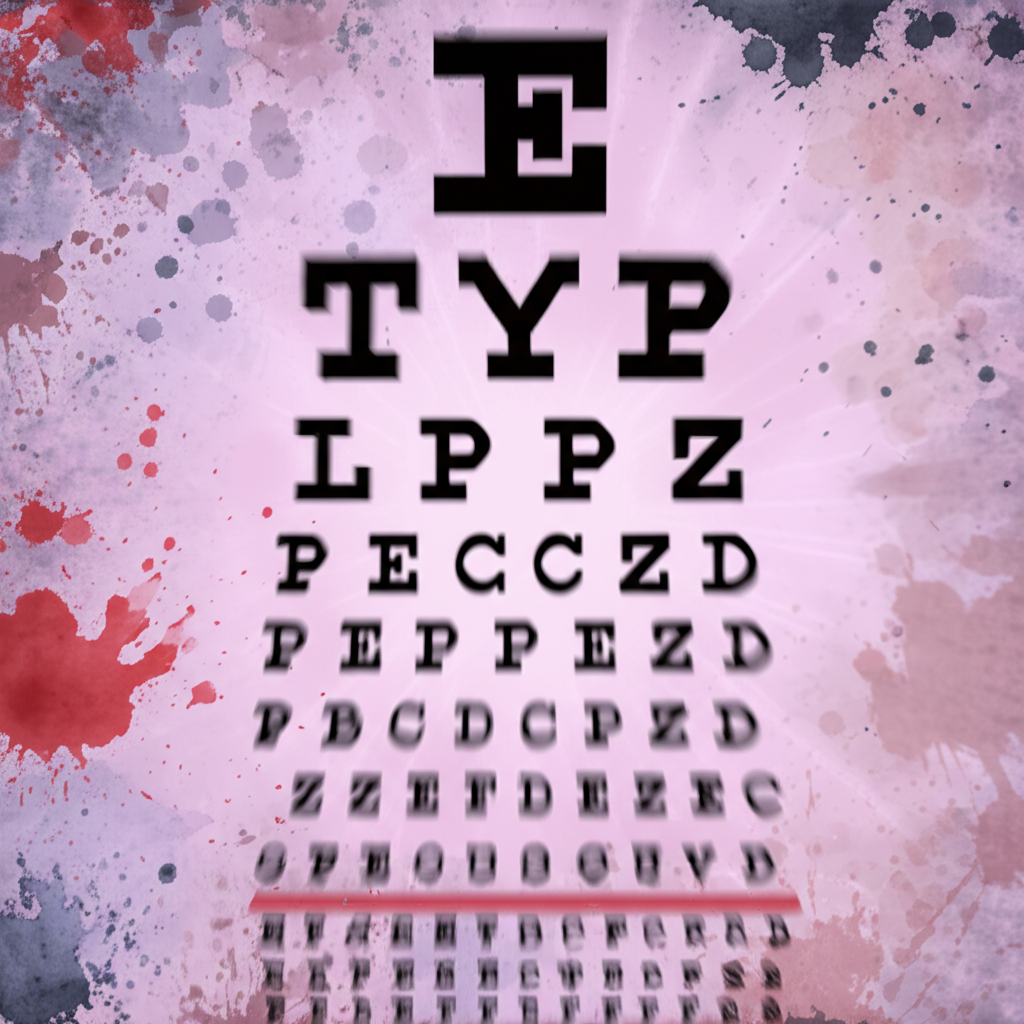A new report from the World Health Organization (WHO) has revealed a troubling statistic: Africa accounts for a staggering 70% of maternal deaths worldwide. Despite progress in reducing maternal mortality rates globally, the situation in Africa remains a critical concern. Let’s dive into the details of this report and what it means for the continent.
Here’s what you need to know:
- Africa accounts for 70% of global maternal deaths.
- The African region needs a 12-fold increase in the annual reduction rate to meet the Sustainable Development Goals (SDG) target by 2030.
- About 178,000 mothers and one million newborns die every year in the Africa region.
The Grim Reality: Maternal Mortality in Africa
The WHO report highlights that while there has been a 40% decrease in maternal mortality rates globally (from 727 to 442 deaths per 100,000 live births between 2000 and 2023), Africa still carries a disproportionately heavy burden. This means that out of all the women who die during pregnancy or childbirth around the world, the vast majority are in Africa. This is a huge problem that needs urgent attention.
Why is Africa so affected?
Several factors contribute to this alarming statistic. Here are a few:
- Limited Access to Healthcare: Many women in Africa lack access to quality healthcare services, especially in rural areas.
- Poverty: Poverty plays a significant role, as it affects access to nutritious food, clean water, and essential healthcare.
- Inadequate Infrastructure: Poor infrastructure, including roads and transportation, makes it difficult for women to reach healthcare facilities in time.
- Lack of Skilled Birth Attendants: There is a shortage of trained healthcare professionals who can provide proper care during pregnancy and childbirth.
The SDG Target: A Distant Dream?
The Sustainable Development Goals (SDGs) include a target of reducing maternal mortality to fewer than 70 deaths per 100,000 live births by 2030. However, the WHO report indicates that Africa is far from reaching this goal. To meet the SDG target, the region needs to increase its annual reduction rate by a staggering 12-fold.
At the current rate of reduction (2.2% per year between 2000 and 2023), the region is projected to have nearly 350 maternal deaths per 100,000 live births by 2030. This is five times higher than the SDG target. This means we need to act fast and implement effective strategies to save lives.
What Needs to be Done? Key Strategies for Change
To reverse this worrying trend, several key strategies need to be implemented:
- Improve Access to Healthcare: Expand healthcare services, especially in rural areas, and ensure that women have access to antenatal care, skilled birth attendants, and emergency obstetric care.
- Invest in Infrastructure: Improve infrastructure, including roads and transportation, to make it easier for women to reach healthcare facilities.
- Empower Women: Educate and empower women, as educated women are more likely to seek healthcare and make informed decisions about their health.
- Address Poverty: Tackle poverty by creating economic opportunities and improving living conditions.
- Strengthen Healthcare Systems: Invest in training and equipping healthcare professionals, and ensure that healthcare facilities have the resources they need to provide quality care.
The Role of Technology and Innovation
Technology and innovation can play a crucial role in reducing maternal mortality in Africa. For example, mobile health (mHealth) initiatives can be used to provide remote consultations, monitor pregnancies, and send alerts to women who need to seek medical attention. Additionally, telemedicine can be used to connect rural healthcare facilities with specialists in urban areas.
Examples of Successful Interventions
Several countries in Africa have made significant progress in reducing maternal mortality through targeted interventions. For example, Rwanda has implemented a national community health program that provides door-to-door healthcare services to pregnant women and new mothers. As a result, the country has seen a significant decline in maternal mortality rates.
The Bottom Line: We Must Act Now!
The WHO report is a wake-up call. We cannot afford to ignore the alarming rate of maternal deaths in Africa. By implementing effective strategies, investing in healthcare, and empowering women, we can save lives and ensure that every woman has the opportunity to experience a safe and healthy pregnancy and childbirth. It’s time to take action and make a difference.





